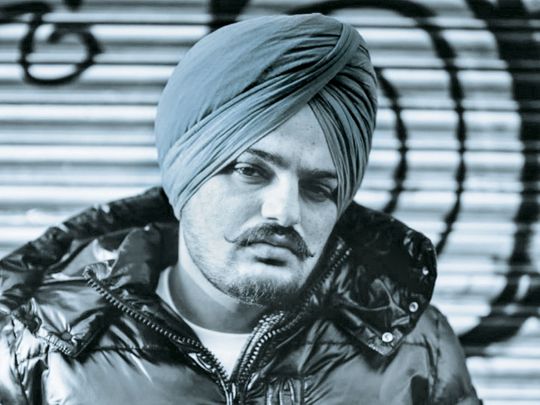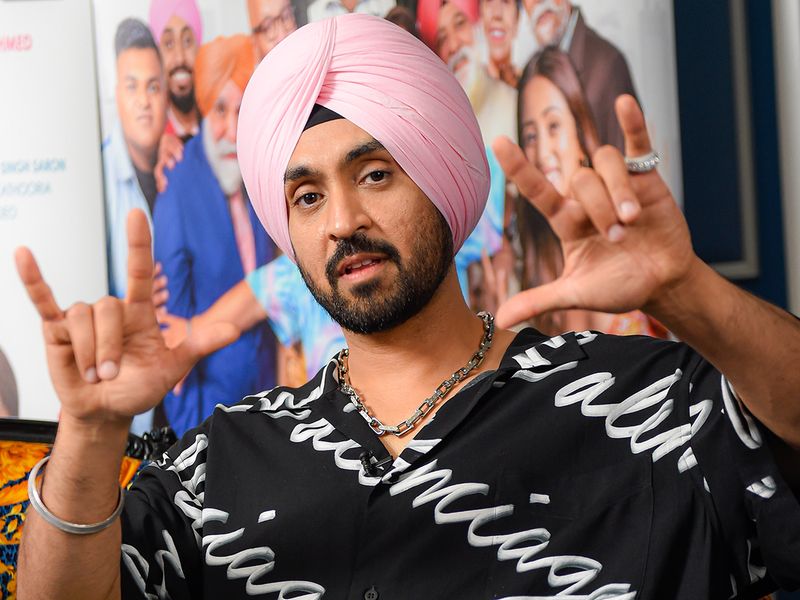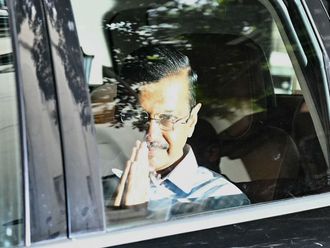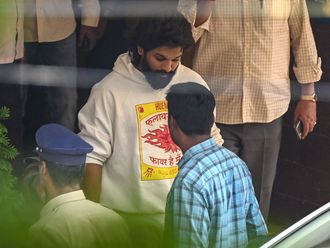
Punjabi music is having its moment in the sun. When singer Diljit Dosanjh brought the house down at a recent Ed Sheeran concert, it was only a small sample of its mass global appeal. The rise of this pop culture genre has given its singers a cult following of millions and their words are followed as closely as their actions making, even a single misstep, jarring.
AP Dhillon who lives in Canada but rules the charts back home recently gave a glimpse of his Punjabi roots to his 3 million followers on Instagram. It was unfiltered, as any village in Punjab is. Except for the one photo — an unnecessarily provocative one — of a hand on a pistol.
The question arises, why are even the most successful singers unable to separate themselves or their craft from violent imagery? Extolling gun culture is now almost a prerequisite in contemporary Punjabi rap as gang wars shadow its roaring music industry. This underbelly stretches from the north Indian state to Canada where Sikhs are the largest diaspora.

Promoting gun culture
Two years ago, the biggest name in Punjabi music, Sidhu Moosewala was gunned down after his car was ambushed near his home, more than 20 bullets were pumped into his body. His music was dark and controversial and yet his songs were widely heard beyond his hometown. Moosewala had police cases against him for promoting gun culture and possessing unlicensed weapons including firing an AK-47. By and large, in the obituaries, his affinity to guns and violence is overlooked.
Does a violent song encourage its listeners to indulge in aggression? In social media-driven exposure, the answers are no longer black and white, especially when trends pick up in real-time. Matters are further complicated in Punjab where the youth are not in a good place and the society is already vulnerable. Drugs have ruined generations and joblessness has forced those who can afford it to immigrate to countries like Canada and the UK. Others use the illegal donkey route to be smuggled across borders. Either way, there has been an exodus of able youth to foreign lands.
For someone like Dhillon who has made a successful life in Canada, sending this message to his aspirational followers back home — predominantly in rural areas — who stare at their lack of development opportunities in helplessness, is problematic. The land is gone and in a generational shift, the young are not takers of ploughing the traditional fields. For them, any glamour is exaggerated as they too look to escape.
Violence and extortion
Canada’s city of Brampton has a flourishing production and music recording business with Punjabi labels. But it is also home to gang wars. The alleged mastermind of the Moosewala killing, Goldy Brar, is Canada-based, the fallout of these turf battles is across continents. Unfortunately, despite being a successful music industry worth Rs 700 crores reportedly riding on it, it has not been able to remain isolated from the violence and extortion that resurfaces periodically, publicly.
One of the first instances was the 15-year-old unsolved murder of one of Punjab’s most famous stage singers Amar Singh Chamkila, five years ago singer Navjot Singh was murdered and Moosewala was another tragedy that has its roots in everything but music.
Glorification of guns in Punjabi music is its society’s nemesis and yet is aggression as far removed from Punjab’s culture as we imagine? The land of folk, Sufi music, Bulleh Shah, and Heer Ranjha shared its rich heritage across borders as also in commercial Bollywood while its music also became a medium of storytelling as with the legend of Heer Ranjha. Singers of an earlier cohort like Gurdas Mann popularised their art with a clean, raw connection to Punjab’s agrarian past.
There have however also been songs like the legend of Dulla Bhatti which are sung at every Lohri festival across the region. A folk hero who agitated against social injustices during Mughal king Akbar’s rule through an armed rebellion, the Robinhood of Punjab has at least one modern-day reincarnation, a singer whose album cover predictably pictures a rifle.
Historically, Punjab’s revolutionary past has always been part of its ethos, one that gave rise to a band of men whose masculinity kept plunderers at bay while defending their land. The generation of singers and their listeners, straddling farmlands, and the diaspora from Brampton to Birmingham, want more: a fusion of Jatt-dominated caste identity with its patriarchal strains and unabashed promotion of violence.
Punjabi rap — that Moosewala was credited for popularising — functions on the surmise of the larger hip-hop scene that glorifies guns, money, and toxic misogyny. Music videos take it up a notch, Dosanjh aims a gun straight at a viewer in a song — it has a daytime ban on BBC Asian Network, a singer refers to himself as the local version of the drug lord Pablo Escobar and many lesser-known lyrics brazenly eulogise entitlement and weapons in a state that was once held hostage to guns and terror.
Moral policing through a ban is uncalled for when the ecosystem is in itself compromised. Why are only Punjabi singers layering their songs with themes of violence, why is it missing in other desi beats? In that question could lie many answers.









_resources1_16a45059ca3_small.jpg)
